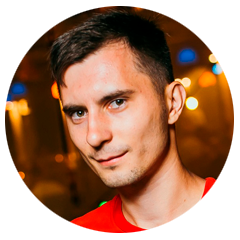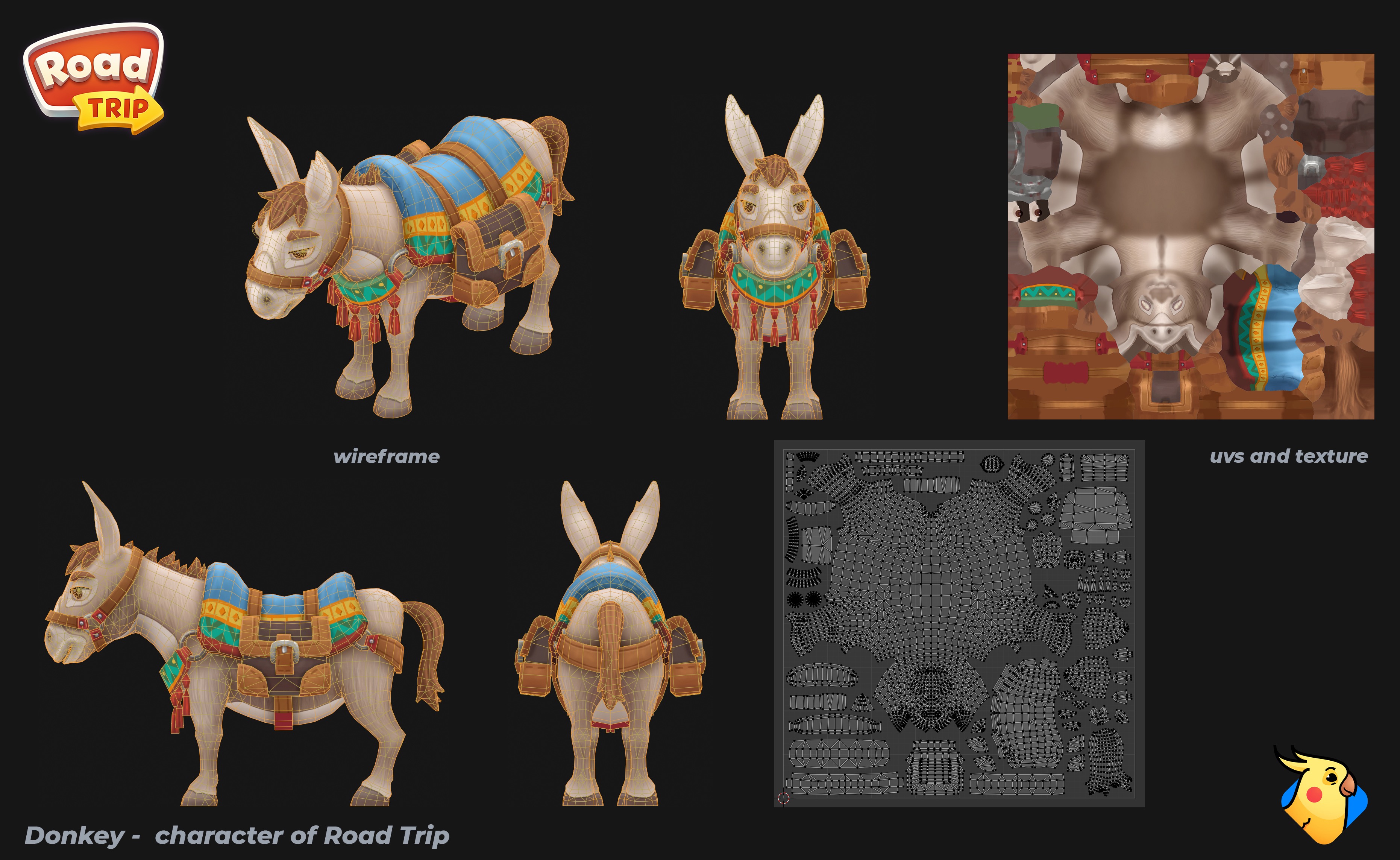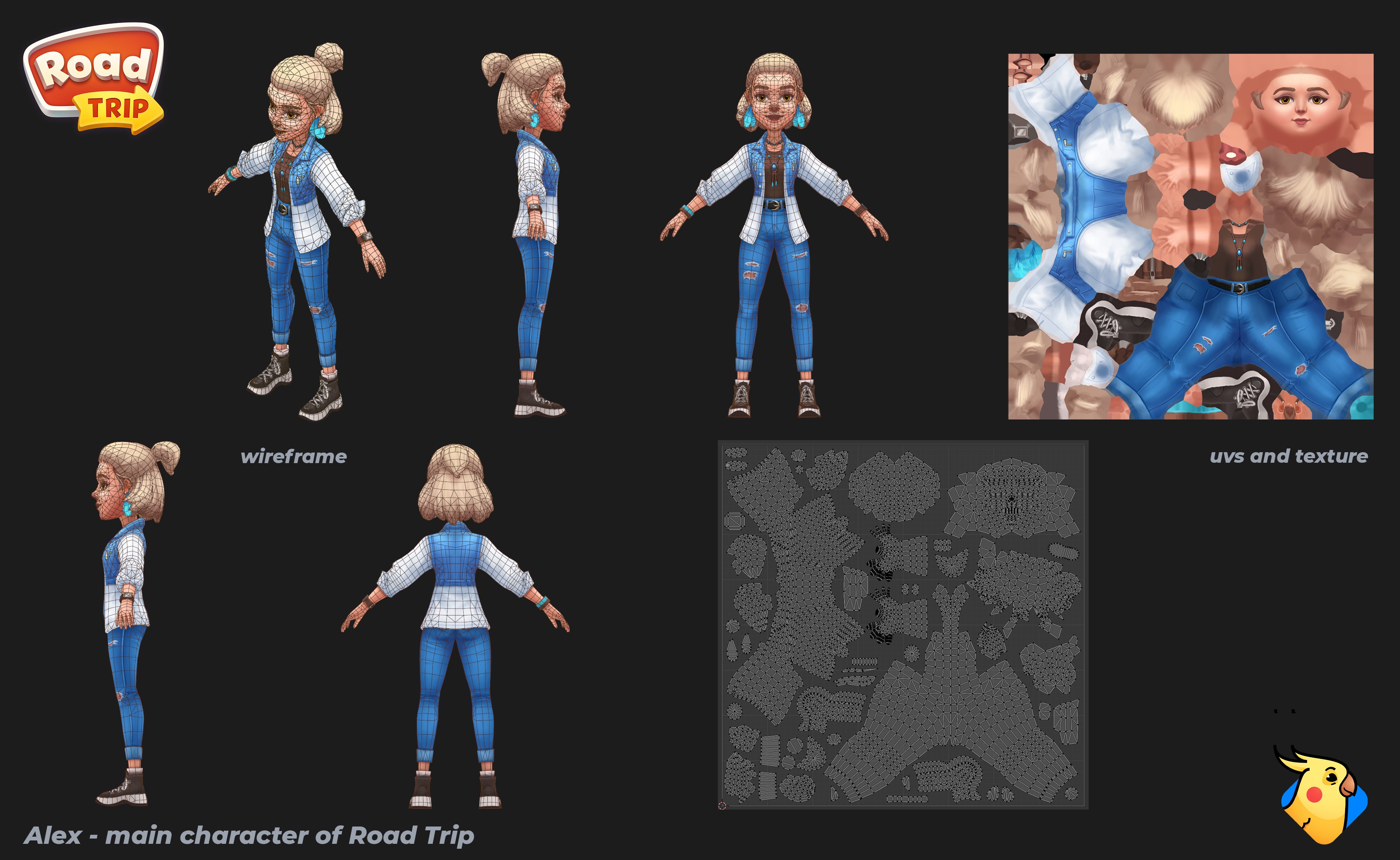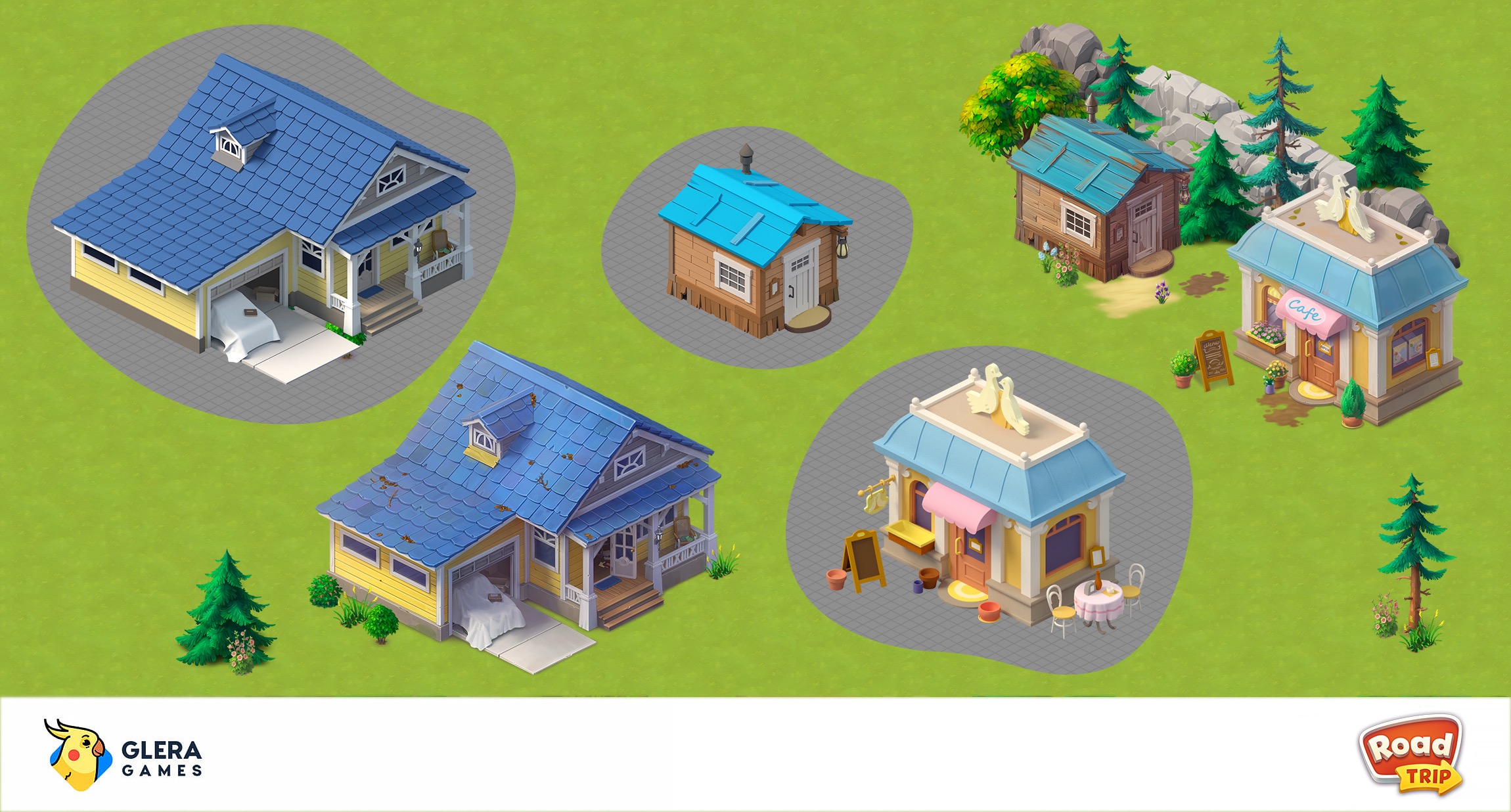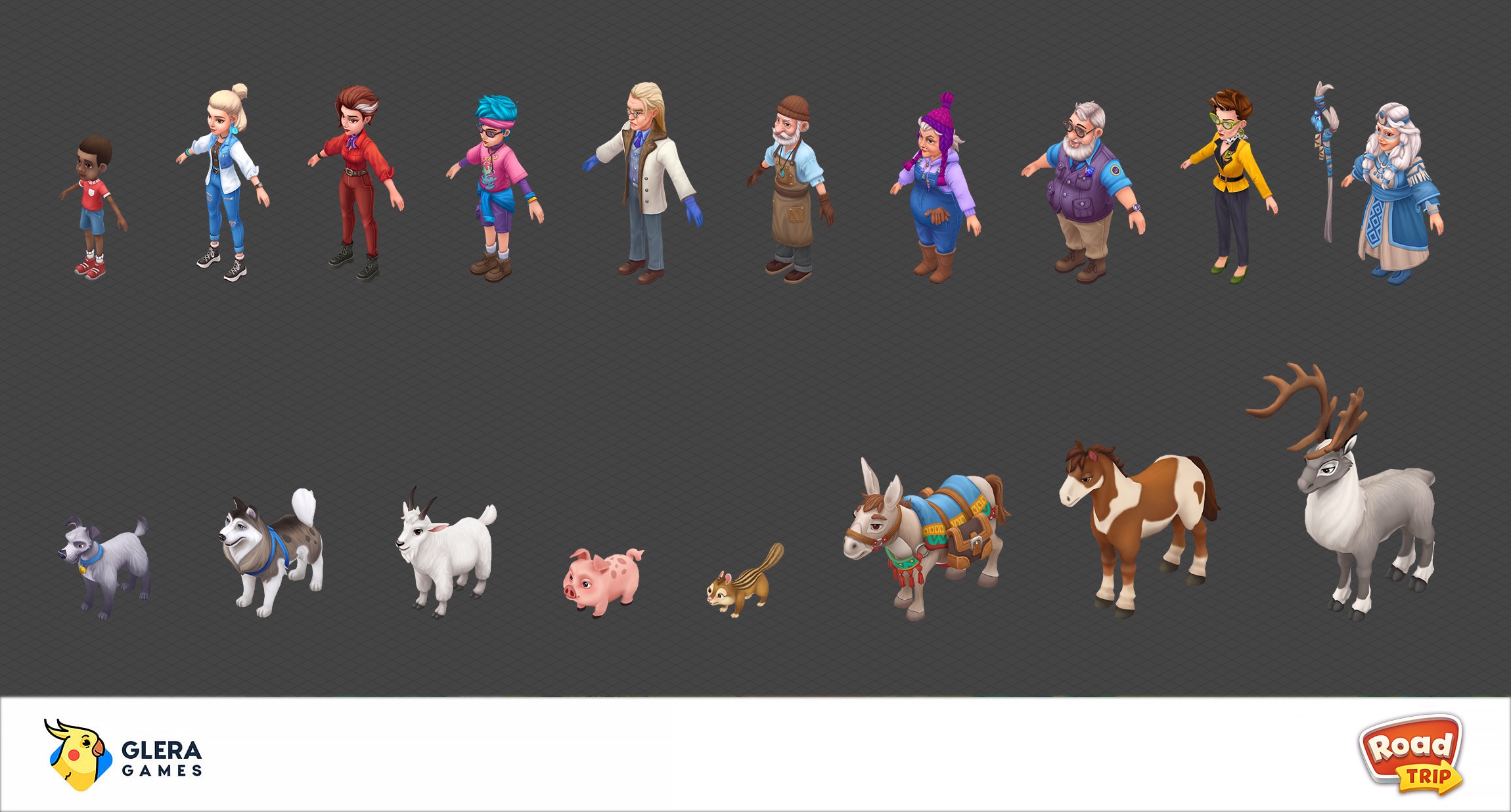Who is a 3D Artist — A Column by Glera Games
After a short break, we continue our series of publications where gaming industry professionals discuss their careers. The new article in the series is about the 3D artist. Dmitry Murzaev from Glera Games details the position.
Dmitry Murzaev
Who is a 3D Artist?
The profession's name speaks for itself. It's a specialist working with 3D graphics, creating various models: objects, buildings, cars, technology, characters, and more.
What are the responsibilities of a 3D Artist, what should they do, and what are they accountable for?
The 3D artist profession is at the intersection of several fields, so the specialist must have both technical and artistic skills. I'll talk more about skills later, but first a few words about the responsibilities.
The primary function of a 3D artist is to create 3D content for a project. This can be graphics made directly for use in an engine, or auxiliary graphics, 3D for 2D.
The latter approach is often used in mobile games, where a model is first created in 3D and serves as the foundation, and the final art is refined by 2D artists. This method can be used to create objects and buildings for isometric games, various promo materials, and so on.
While working in a studio, it is very important for a 3D artist to follow technical requirements and meet deadlines.
If we're talking about a managerial position, such as a lead 3D artist, the main task is efficiently organizing the team's work.
This includes planning, task decomposition, load distribution, assessment, and finding optimal solutions for different features. A lead also ensures the quality control of the graphics created and provides feedback to the team on both the artistic and technical aspects at every stage of the work. Responsibilities also include motivating the team and creating a productive atmosphere.
Thus, if a specialist is responsible for their work, its quality, correctness, and timely completion, a lead is responsible for the effective work of the team and overall results.
What should a 3D artist know to effectively fulfill their responsibilities?
3D is used in many fields, from product visualization and complex product prototyping to advertising, cinema, and of course, game development.
Generally, at an entry level, it's necessary to know how to model objects and items. One should be able to work with a 3D surface, creating it correctly both visually (capturing the proportions) and technically, by structuring a suitable mesh topology for a specific task.
For certain areas, it is important to set up the entire 3D scene correctly: arranging the lighting, configuring materials and textures, and performing final compositing of the resulting image or video.
In many areas, the skill of texturing objects is needed. Some studios even have a dedicated position for a "texture artist," while in others, texturing is part of the 3D artist’s duties.
It’s worth noting that preparing a model for texturing—creating the UV map, mapping—is purely a technical stage, whereas texturing requires artistic skills.
Modeling for mobile devices requires significant attention to the final product's performance. Therefore, a 3D artist must be able to create efficient and optimized model meshes.
I would highlight character 3D artists separately, those who create 3D models of humans, monsters, animals, and other creatures. Excellent knowledge of proportions and anatomy is essential here.
Diving into terminology, a 3D artist aiming for game development should know about creating high-poly models (via sculpting or sub-dividing), creating low-poly models (retopology), UV mapping, texture baking, and texturing for different pipelines. The more skills and higher quality they possess, the higher the specialist's grade!
There are exceptionally talented individuals who, in addition to 3D artist tasks, can engage in 3D animation. Of course, this depends on the project. For instance, this happens with us. It's a good foundation for growth!
What might a 3D artist's workday look like?
The workday begins by reviewing the technical requirements in a task manager.
Typically, tasks for a specialist follow one after the other. Working on a model or texture is iterative, in collaboration with the lead.
As each stage is completed, the artist submits the result for review and feedback.
Feedback consists of edits and adjustments. After changes are made, the artist again presents the result to the lead, receives an assessment... and this continues until completion.
Once the model is accepted, a new task is assigned.
Occasionally, there may be a need to switch to a more urgent task, but this happens rarely when plans or priorities shift.
A lead 3D artist's day is somewhat different.
The morning begins with checking the work chat, providing feedback on tasks from the previous day.
Then, my focus shifts.
Very often, I have to switch to higher-priority tasks. This could be a request for team feedback, resolving a contentious issue during implementation, or simply helping a newcomer to understand the process. The work is very "non-linear."
Once the revisions are done and feedback is ready, it's time to join a meeting to discuss the next feature, then plan it into the workflow, and the cycle continues.
Yes, my workweek as a lead kicks off with a weekly organizational sync meeting with the team, where I discuss news, task plans, outline priorities, and discuss implementation nuances. Then, work continues according to the plan.
Where do people typically come from into 3D?
I believe many people enter game development from fields related to 3D. Plus, there are now many specialized courses that train excellent specialists. When I started my career, there wasn't such an abundance of educational schools and materials.
I would guess that many 3D artists emerge from players who one day ask themselves: why not learn to create models for games?
As for me, I studied specifically for this, writing a thesis titled "Character Development for Games," which showcased the creation process of six different characters, leading me to my first game studio job at Divo Games (which later became part of Game Insight).
What is necessary for growth in this field?
Being in the right environment is crucial. This could be a community, course group, or professional interaction with colleagues. Receiving external evaluation of your work from experts in the field is very important.
It’s hard to grow without external correction; feedback from more experienced colleagues is essential.
In the 3D artist profession, it's always important to learn new tools, keep up with software updates, and study new work approaches. The field is very dynamic!
What are the career growth prospects in this profession?
There is an employee competency matrix that reflects the skills a specialist should have at each level (junior, middle, and senior).
Accordingly, the level of tasks that such a specialist can solve varies. The requirements for their work differ.
It’s important to note that these are quite relative gradations, which can vary from company to company. However, regardless of the place of work, as the specialist level rises, their independence and responsibility must also grow.
Therefore, a specialist's growth perspective is primarily about moving up the competence matrix—progressing from junior to middle, from middle to senior, and beyond.
Another growth path involves moving into management, becoming a team leader. It's challenging, but there are prospects.
Very often, the lead is the first team member from whom all future processes stem and who selects specialists for the team.
In my view, it’s good when a leader emerges from someone deeply involved in the project’s tasks. The nuance is that a specialist turned leader will need to develop management skills.
The further growth path for a leader can vary.
There could be growth within the company if the business allows, if new directions and projects open. In such cases, new teams can be formed, experiences can be shared, and young specialists can be helped to advance their growth steps.
One can dream of venturing into art direction or project management—a more complex and thorny path.
Of course, all of this can happen only with relevant experience and complete immersion in work, along with dedication and a bit of luck.
What should you read about this profession?
Better grab a pen and start sculpting. Just kidding.
This isn't directly about 3D, but these are the books that influenced me:
- "Anatomy for Sculptors: Understanding the Human Figure" by Uldis Zarins and Sandis Kondrats;
- "Color and Light" by James Gurney;
- "Steal Like an Artist: 10 Things Nobody Told You About Being Creative" by Austin Kleon;
- "The Five Dysfunctions of a Team" by Patrick Lencioni.
